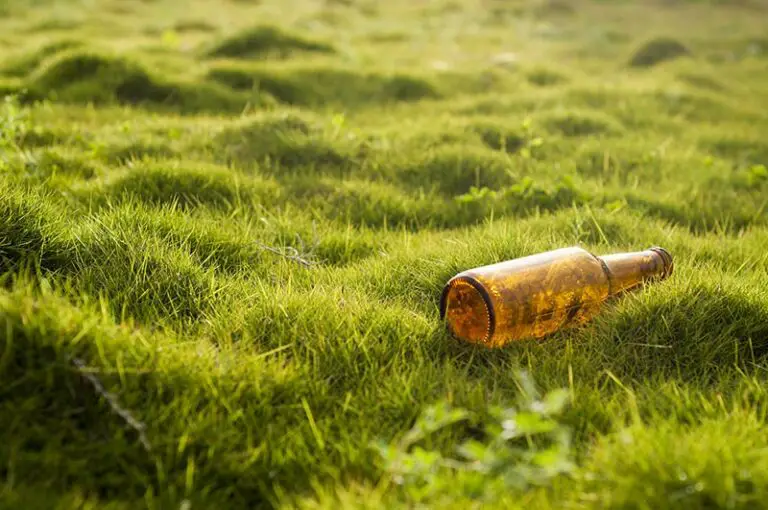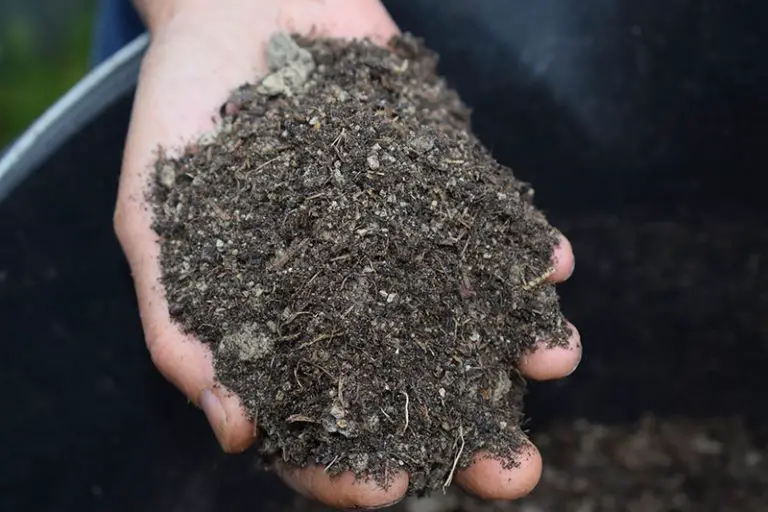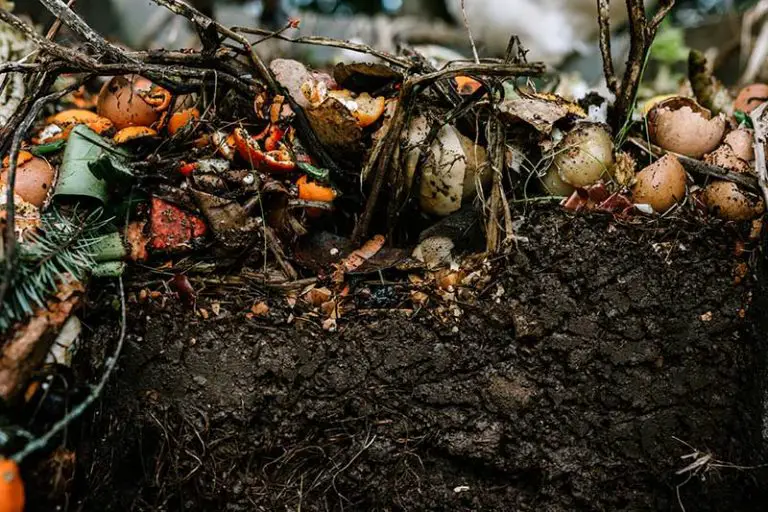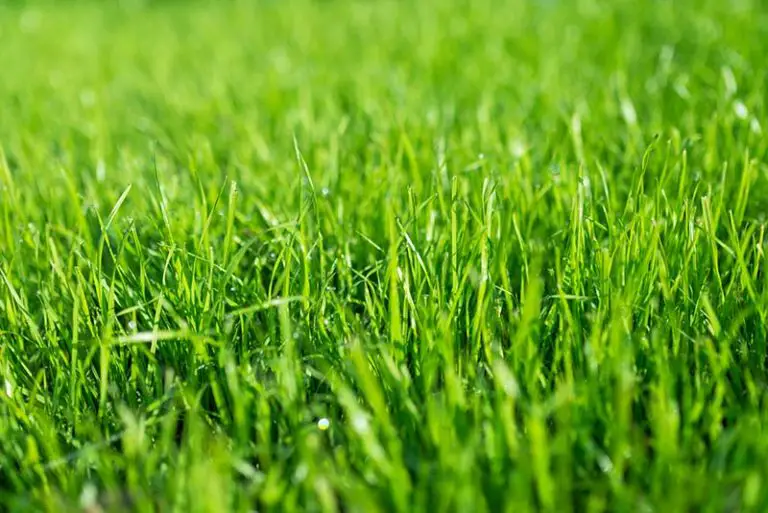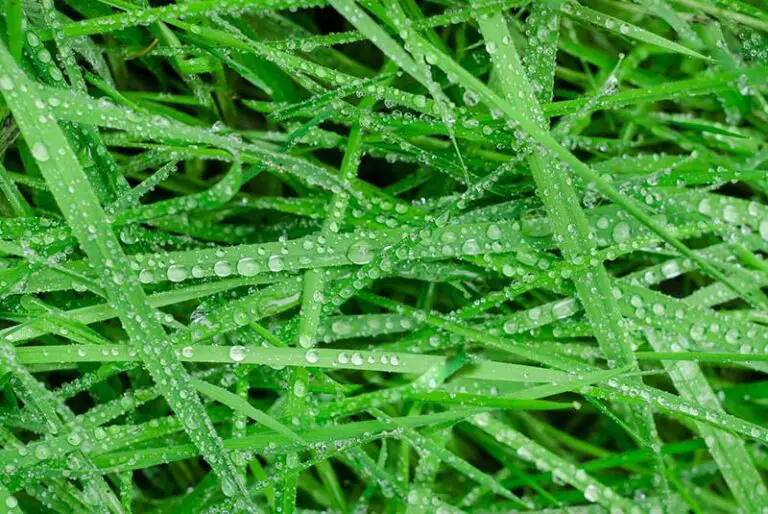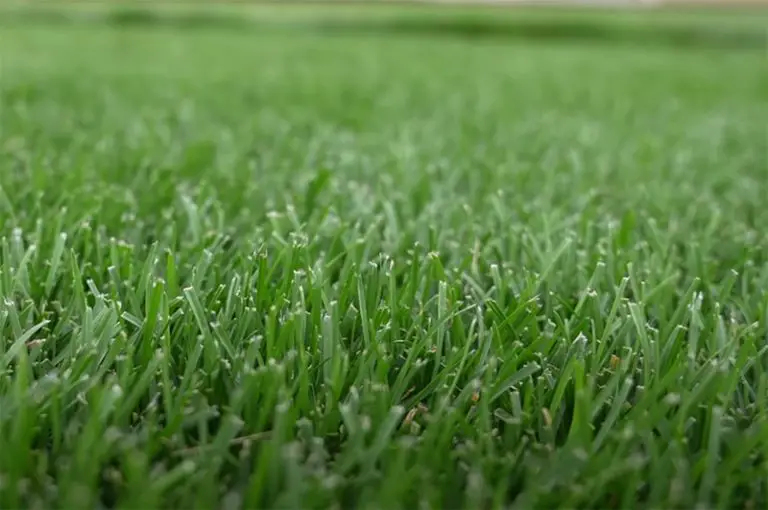Using Wood Ash to Fertilize Your Lawn
When it comes to fertilizing your lawn organically, there are a number of natural substances you can use as fertilizer. One such substance is wood ash.
Wood ash can be very good for grass if you apply it properly to a lawn that needs it. As wood ash is alkaline, this substance makes an ideal amendment to fertilize lawns that tend to be more acidic. You can use wood ash to add a range of nutrients to your lawn, including potassium and calcium carbonate.
Is Wood Ash Good For Grass?
Yes, wood ash is very good for grass when used appropriately. An application of wood ash can be used to increase soil pH, encourage root development, and as a form of natural pest control.
Wood ash contains a number of beneficial substances such as potassium, calcium carbonate, and other minerals. These nutrients are crucial in promoting the health of your grass and its root systems. As rainwater and irrigation waters the wood ash into your lawn, it will enrich the turf with these beneficial nutrients.
On top of this, the calcium carbonate that wood ash contains behaves as a liming agent. In other words, wood ash will raise the pH of the soil it’s applied to. This makes wood ash an ideal amendment for overly acidic lawns to get the soil in the ideal pH range for grass growing.
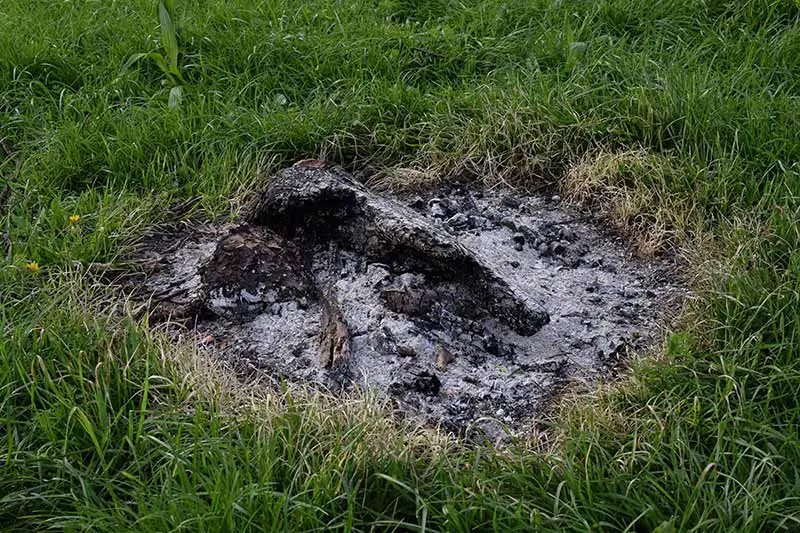
What Are the Benefits of Using Wood Ash on Your Lawn?
There are many benefits to using wood ash on your lawn due to the nutrients and pH-adjusting properties of this substance. An application of wood ash can improve acidic soil, encourage root development in grass, and can deter several types of common lawn pests. We have explained each of these benefits in more detail below.
Wood Ash Improves Quality of Acidic Soil
The ideal pH range for growing grass is a slightly acidic to neutral level of 6.5 to 7.0. When the soil pH is too acidic, i.e. lower than 6.5, your grass plants will start to suffer. Acidic soil is a typical side effect of using nitrogen fertilizers excessively on your lawn.
As wood ash is alkaline, it will raise the pH of the soil you apply it to. This property makes it an ideal substance to amend acidic soils and get them in the optimal pH range for grass growing.
Wood Ash Encourages Root Development
One of the most abundant nutrients that wood ash contains is potassium. In grass plants, this nutrient drives the growth of strong, deep root systems. With more extensive roots, your grass plants are more resistant to the stress brought on by drought as they’re able to draw water from deeper in the soil.
Wood Ash Generally Improves Health of Grass
An application of wood ash on your grass will generally improve your lawn’s overall health and vigor. The potassium that the ash contains both facilitates the synthesis of carbohydrates and regulates the grass’ metabolism. As a result, your grass plants have more energy for growth and are more resilient to fungal lawn diseases.
Pest Control
If you have issues with pests on your lawn, you can use wood ash as a form of natural pest control. An application of wood ash will deter infestations of common lawn pests like cutworms, aphids, and snails and slugs.
Can Wood Ash Kill Grass?
Yes, wood ash can kill grass if applied incorrectly.
As wood ash is alkaline, it’s an ideal substance for raising the pH in an overly acidic lawn. However, this property makes it unsuitable for lawns that already have an alkaline pH; an application of wood ash on alkaline soil will make it too alkaline to grow grass.
Also, you should never apply wood ash to a newly seeded or overseeded lawn. Ash contains lye and salts that make it too harsh for young, tender seedlings. Because of this, using wood ash on immature grass may kill off the seedlings.
How to Use Wood Ash on Your Lawn
In this section, we outline a step-by-step method on how to safely apply wood ash to your lawn.
1. Test Soil pH
Before applying any kind of amendment to your lawn, it’s best practice to test your soil to determine its current pH content. This is especially important when working with wood ash; due to the alkalinity of this substance, you shouldn’t add wood ash to a lawn that is already alkaline.
There are two main methods of soil testing; you can either test the soil yourself, using an at-home test kit, or send a sample of your soil to a lab for professional testing. If the results of your soil test reveal your lawn is already alkaline, it’s best to avoid using wood ash as an amendment.
2. Wait For a Calm Day
Wait for a calm day to apply the wood ash to your lawn. If you attempt to apply this substance on a windy day, it may blow into your eyes and cause irritation.
Also, spreading the ash on a windy day may cause the wind to carry it into nearby garden beds. This may cause the soil pH to decrease in the beds, thus affecting the growth and fruit/flower production of plants in the affected areas. This would have the most impact on acid loving plants such as azaleas and blueberries. Therefore, it’s best to wait for a calm day with no winds before spreading wood ash on your lawn.
3. Wet Lawn
For the reasons we’ve just explained, you should lightly wet the lawn prior to applying the wood ash. This is to help the ash particles to stick to the soil, preventing them from being blown away if winds pick up.
4. Spread Ash Sparingly and Evenly on Lawn
After watering your lawn lightly, you can begin spreading the wood ash on the grass. It’s key to spread the ash in a light, even layer for best results.
Apply the wood ash to your lawn at a rate of 10 to 15 pounds of ash per 1000 square feet of soil. To achieve as even a layer as possible, spread the ash lightly on your lawn before using a rake to work it into the soil. An even layer is essential to avoid damaging the turf in certain areas where the ash may clump and leech excess salts.
More Crucial Tips for Using Wood Ash on Lawns
Use Pure Wood Ash Sparingly
If you’re using pure wood ash on your lawn, you should only apply it in lighter amounts to avoid damaging your grass. In high quantities, wood ash will produce substances like lye and salts under rainfall and irrigation. These substances can burn your grass when water leeches them into turf.
To reduce the risk of this issue, dilute the potency of the ash by first adding it to your compost. You can then add the wood ash to your lawn by using the compost as a fertilizer. Composting the ash will reduce the amount of lye and salts it contains, making it safer to use on your grass.
Avoid Using Wood Ash After Seeding
As we’ve mentioned, you shouldn’t use wood ash on newly sown seeds in the case that you’ve recently seeded or overseeded your lawn. The salts that the ash contains are too harsh for young, tender seedlings and will likely kill them off.
The best times to apply wood ash to your lawn are well before seeding or overseeding, or on mature, established grass. Mature grass plants will be able to cope with the salts the ash contains, whereas new grass will suffer. If you apply the wood ash before seeding, make sure to leave a good few weeks between application and seeding to allow the alkalinity to deplete. Always test your soil before seeding to ensure the pH is in the ideal range of 6.5 to 7.0.
Avoid Using High-Nitrogen Fertilizers With Wood Ash
While it contains lots of beneficial nutrients like calcium and potassium, wood ash contains no nitrogen. You may be tempted to supplement this nutrient with the application of high nitrogen fertilizer; however, this could end up being detrimental to the health of your grass.
When you mix a nitrogen fertilizer with wood ash, the ash reacts with ammonia in the fertilizer. This causes the turf to lose nitrogen which will rid your grass of this essential nutrient. As best practice, wait about four weeks before using a slow-release nitrogen fertilizer after adding wood ash to your lawn.
Ensure Wood Ash is Uncontaminated
Avoid using wood ash that came from burning stained or painted wood. Ash from these types of wood contains chemicals that will contaminate your turf when washed into the soil. Only use pure wood ash from natural, untreated wood.
Consider the Origin of The Wood Ash
The properties of wood ash will vary depending on the type of wood that was originally burnt to produce it.
For example, hardwood trees such as chestnut, beech, maple, oak, and sweetgum produce ash with a finer texture. Hardwood ash also tends to contain more nutrients than softwood ash. These trees therefore create the best type of wood ash to use on lawns.
On the other hand, ashes from softwood trees like firs, pines, cedars, and cypress have a coarser texture that make them more suitable for dryer conditions. Softwood ashes are typically lower in nutrients, therefore, more ashes are necessary to achieve the same level of fertilization as hardwood ashes.

